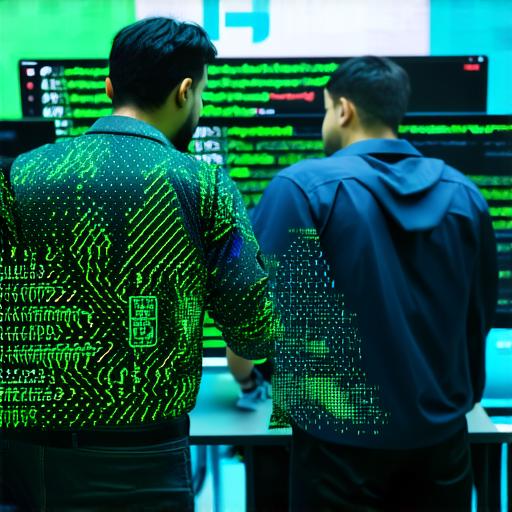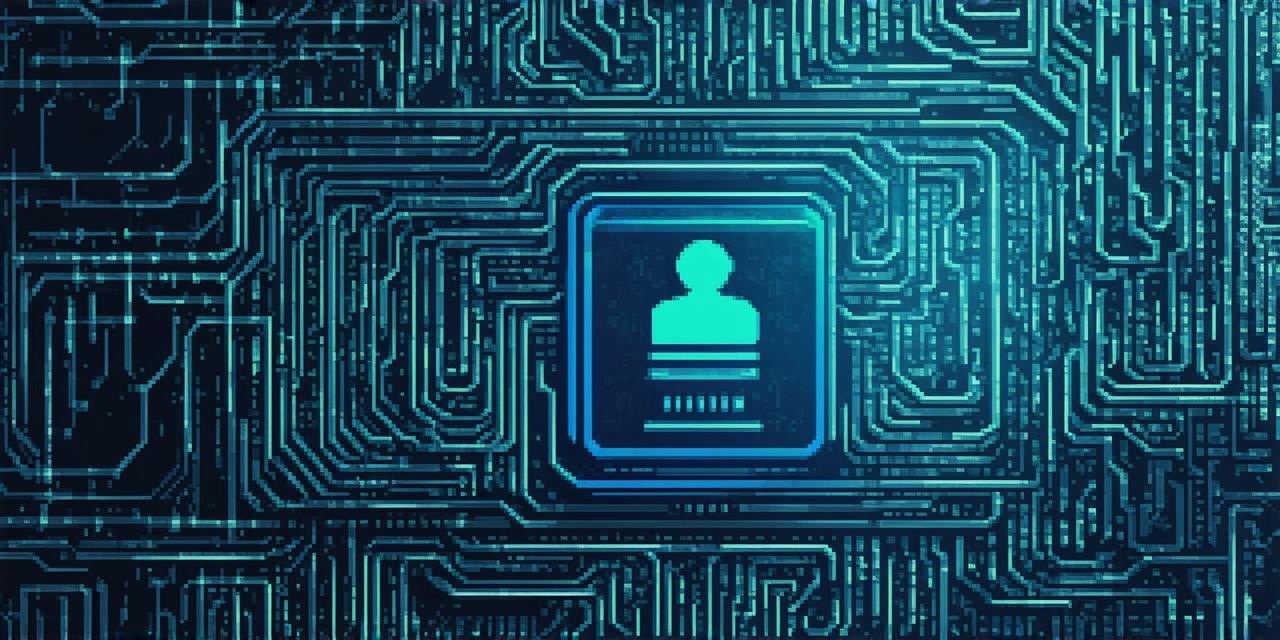How to develop on the blockchain
Introduction
The blockchain is a decentralized, secure and transparent technology that has the potential to revolutionize various industries. It is essentially a distributed ledger that enables secure and reliable transactions without the need for intermediaries. As such, there is a growing demand for blockchain developers who can build robust and scalable blockchain applications.
In this article, we will provide a step-by-step guide on how to develop on the blockchain. We will cover the basics of blockchain technology, popular programming languages, development tools, and best practices for building secure and efficient blockchain applications. We will also share some real-life examples of successful blockchain projects and provide expert opinions from industry leaders.
What is Blockchain Technology?
Blockchain technology is a decentralized, distributed ledger that enables secure and transparent transactions without the need for intermediaries. It was initially designed for Bitcoin, but it has since been applied to various industries such as finance, supply chain management, healthcare, and more.
The key features of blockchain technology include:
- Decentralization: The blockchain is a distributed network that does not rely on any central authority or intermediary to function.
- Immutability: Once data is stored on the blockchain, it cannot be altered or deleted. This makes the blockchain a secure and tamper-proof technology.
- Transparency: All transactions on the blockchain are publicly visible and can be verified by anyone with access to the network.
- Consensus: The blockchain uses a consensus mechanism to validate transactions and add them to the ledger. The most common consensus mechanisms include proof of work, proof of stake, and delegated proof of stake.
Popular Programming Languages for Blockchain Development
There are several programming languages that are commonly used for blockchain development. Some of the most popular ones include:
- Solidity: Solidity is a high-level, object-oriented programming language that is specifically designed for Ethereum blockchain development. It is written in JavaScript and uses the C++ syntax.
- Vyper: Vyper is another programming language that is designed for Ethereum blockchain development. It is similar to Solidity but is more concise and easier to read.
- Java: Java is a popular programming language that is widely used for blockchain development. It is used in various blockchain platforms such as Hyperledger Fabric and Corda.
- Python: Python is a versatile programming language that is commonly used for blockchain development. It has several libraries and frameworks that make it easy to build blockchain applications.
- C++: C++ is a high-performance programming language that is often used in the core of blockchain platforms. It is used in Bitcoin and other cryptocurrencies.
Development Tools for Blockchain Development
There are several development tools available for blockchain development. Some of the most popular ones include:

- Remix: Remix is an online integrated development environment (IDE) that enables developers to write, test, and deploy smart contracts on Ethereum blockchain.
- Truffle: Truffle is a suite of development tools that enables developers to develop, test, and deploy smart contracts on various blockchain platforms.
- Ganache: Ganache is a personal blockchain for Ethereum development that allows developers to create and test their smart contracts in a local environment.
- Eclipse Pulse SDK: Eclipse Pulse SDK is a development toolkit that enables developers to build blockchain applications on Hyperledger Fabric platform.
- Visual Studio Code: Visual Studio Code is an open-source code editor that supports several programming languages and frameworks used in blockchain development.
Best Practices for Building Secure and Efficient Blockchain Applications
Building a secure and efficient blockchain application requires following best practices. Some of the most important ones include:
- Security first: Security should be the top priority when building blockchain applications. Developers should implement strong authentication, authorization, and encryption mechanisms to protect sensitive data.
- Test thoroughly: Thorough testing is essential to ensure that the blockchain application works as expected and is free from bugs and vulnerabilities.
- Optimize for performance: Blockchain applications should be optimized for performance to ensure fast and efficient transactions. This requires optimizing code, reducing gas consumption, and using caching mechanisms.
- Use established standards: Developers should use established standards such as ERC-20 and IPFS to build blockchain applications that are compatible with other platforms.
- Collaborate effectively: Collaboration is essential when building complex



